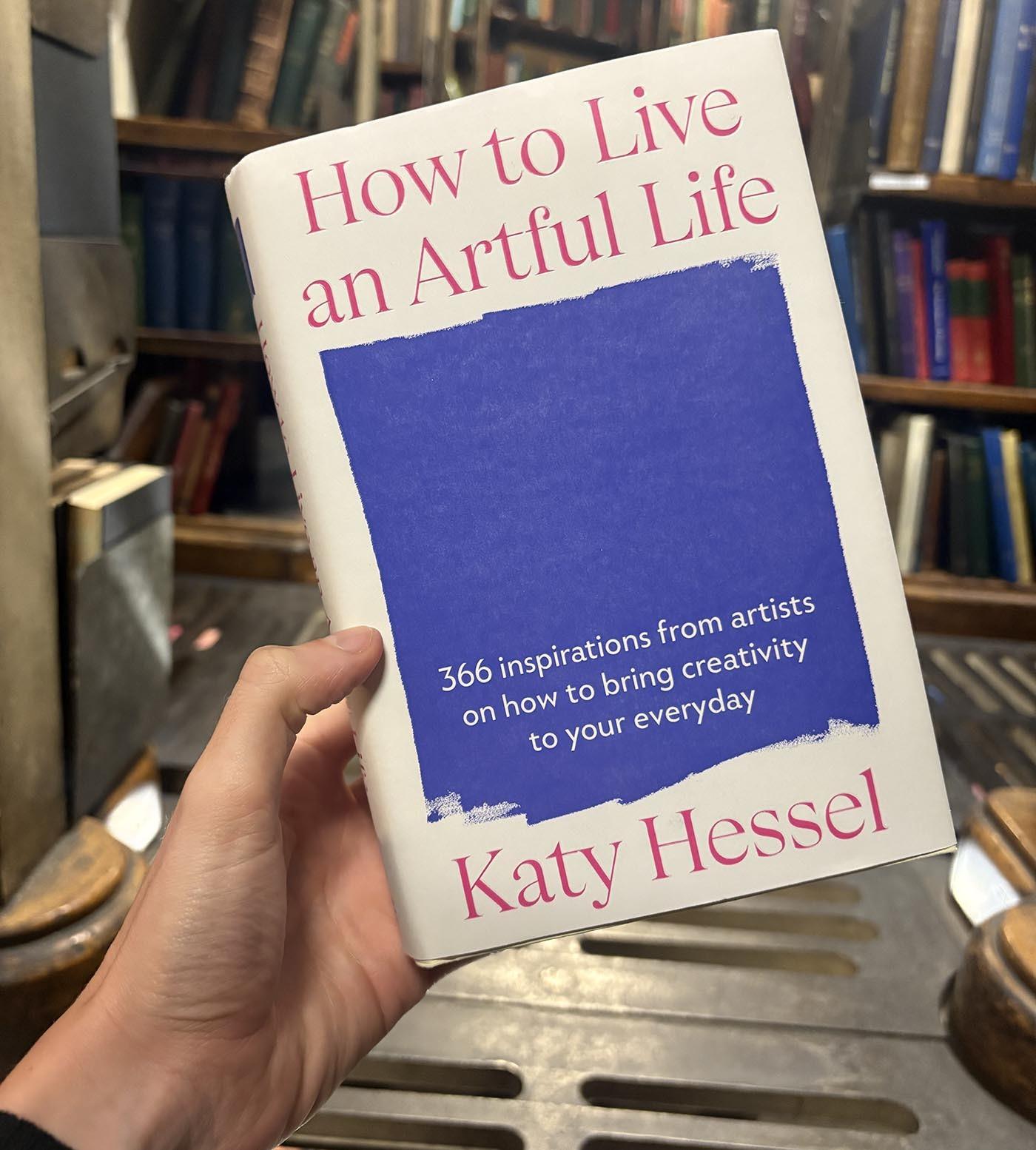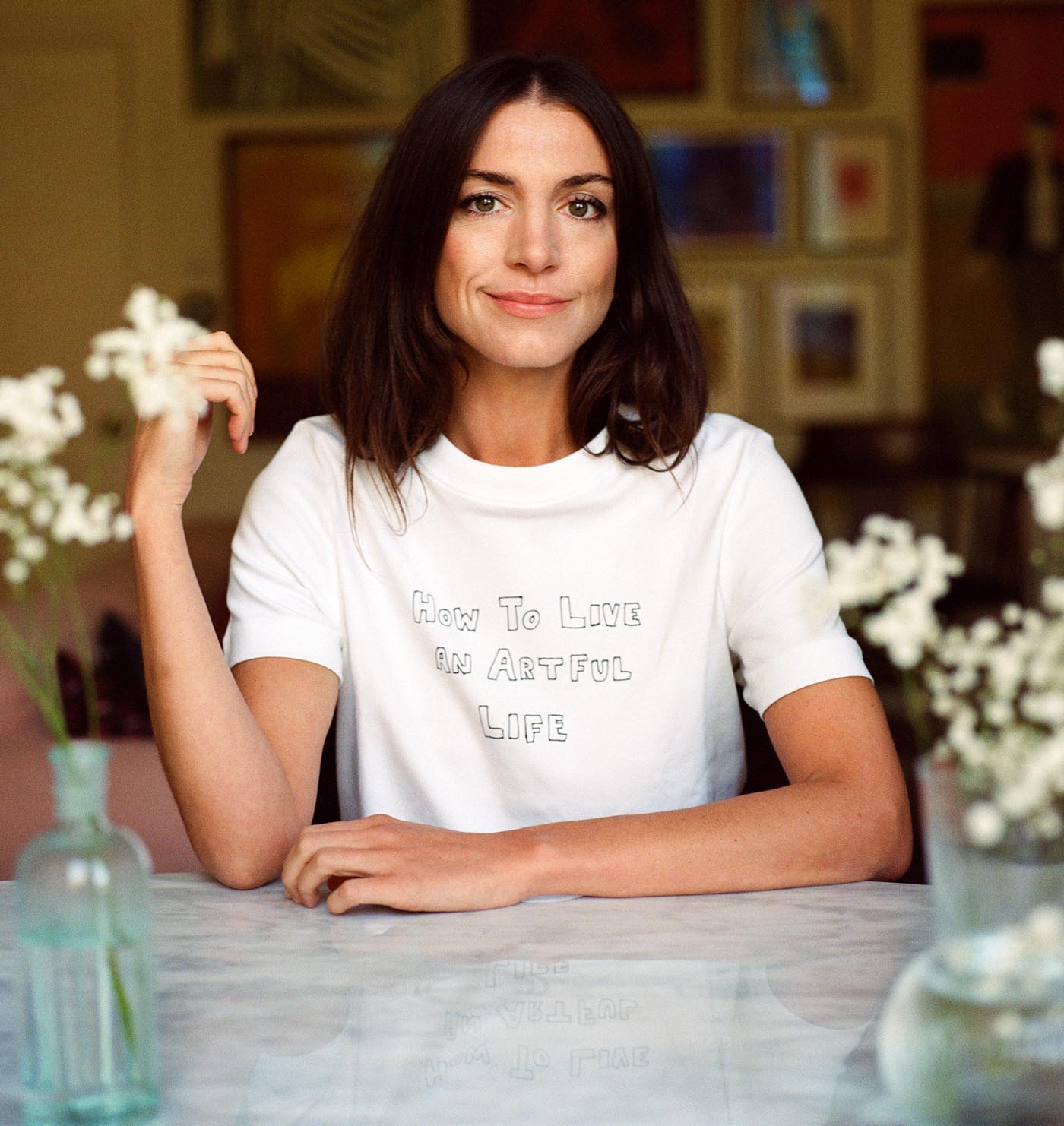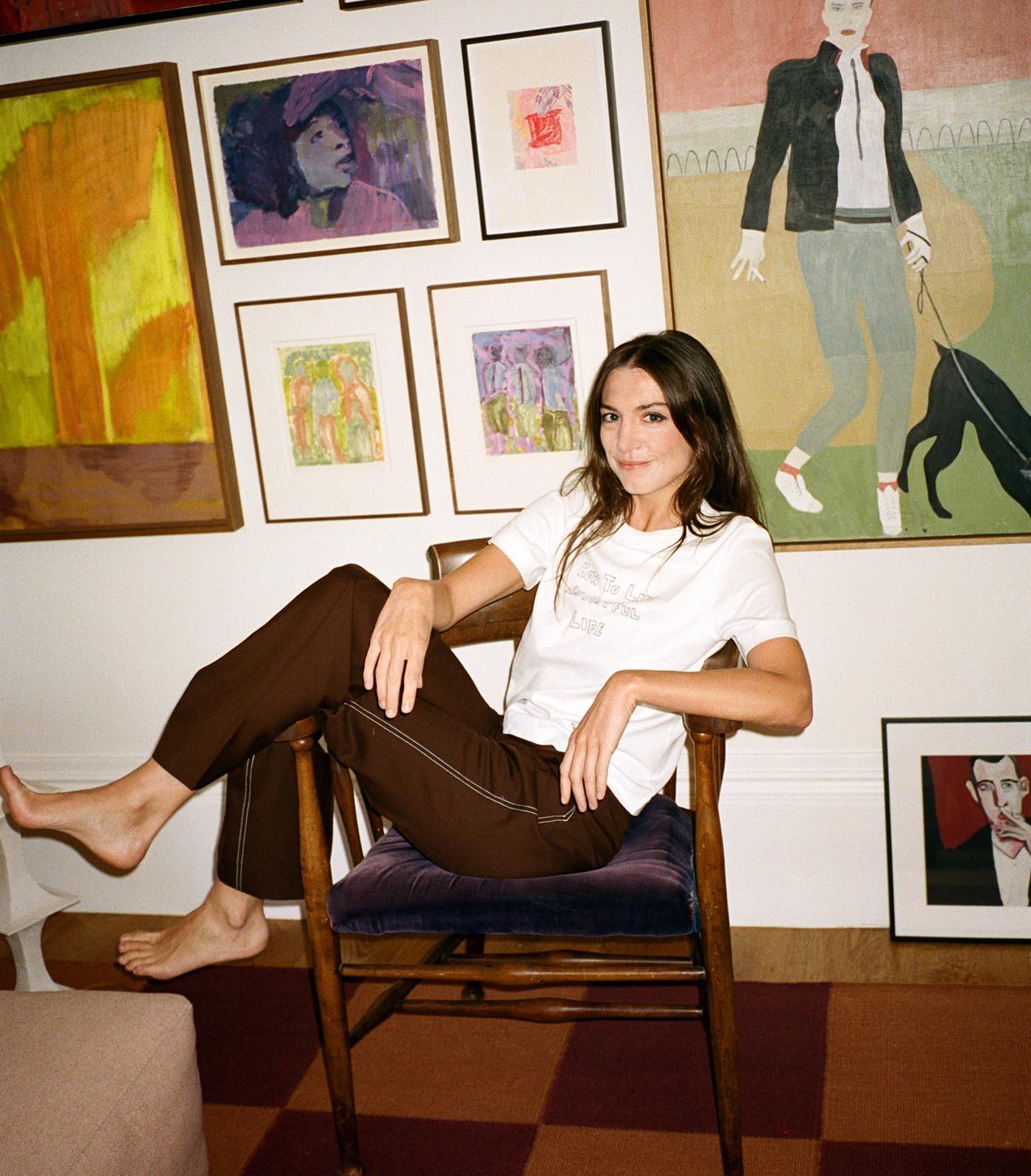Katy Hessel argues for a simple, powerful shift: art isn’t a job title, it’s a way of moving through the day. In her new book How to Live an Artful Life, she gathers 366 prompts and perspectives from artists and writers that help you look harder, make more, and work with what you’ve already got. From May’s theme of “finding the new” to the daily rituals that loosen perfectionism’s grip, her approach is practical rather than precious—permission to begin where you are, keep showing up, and let curiosity do the heavy lifting.
In this conversation, Katy reflects on creativity as a lived practice: resisting the noise, treating making as a form of freedom, and rethinking time as non-linear—something to deepen rather than race. Expect sharp quotes, useful exercises, and a reminder that the materials you need often start with attention. Read on for ideas you can put to work today!

The book frames art not as a profession, but as a way of moving through the everyday. What was the moment you realised creativity could be lived, rather than simply practiced?
I think when I began my Instagram, @thegreatwomenartists, in 2015, and realised that I didn’t need permission from anyone to do it. I could just write however I wanted, as much or as little, and at any time of day. In my voice. I didn’t need to be graded. I guess that’s how I started my creative practice. Also – I did it alongside a full-time job, and it taught me that you hone a craft even though you spend 9–5 doing something else.
Each month of the book carries its own theme. If you could give artists and readers one exercise to reset their relationship with creativity right now, which month’s lesson would you choose? If you can of course!
I love May, which takes the theme of “how to find the new”.
It’s about seeking out new ways of thinking about what we’ve already got (by the time we’re in May we’re half way through the year; foundations have been built). It’s like life: we can’t scrap everything and start again. We’ve always got to work with what we’ve got and figure out ways we can use that to our advantage.
The first entry in May is about the starting point being ‘curious’. Within that (later in the month) Edmund de Waal gives a great lesson about ‘making a list’ when we’re at a loss. Katherine Rundell directs us to say ‘children’s books are the great floodlit gateway to ideas’. Rose Wylie and Anne Carson offer up methods of switching up ways of working. Then there’s the surrealist, Dorothea Tanning, who says: “Keep your eye on your inner world and keep away from ads and idiots and movie stars, except when you need amusement.” – which I find equally funny as it is true!
Essentially, work with what you’ve got. Find ways to embrace that. The answers are often there.

So many of the entries come from artists’ habits and philosophies. Which artist’s daily ritual or way of seeing has stayed with you the most — and why?
I’ve often thought you have to ‘show up to work’ by sitting at a desk, getting up first thing… but there’s this fabulous quote from Patricia Highsmith about her technique to ease herself into the right frame of mind for work. It was:
“...to sit on her bed surrounded by cigarettes, ashtray, matches, a mug of coffee, a doughnut and an accompanying saucer of sugar. She had to avoid any sense of discipline and make the act of writing as pleasurable as possible.”
While I can’t say I have exactly the same stuff around me, I have taken up writing from bed – and not feeling guilty about it – and it’s amazing what you can get done!
In the introduction, you write about the world turning us into machines, with creativity outsourced to AI. Do you think the “artful life” is becoming more urgent in that context?
I do. In many ways, I wrote this book for myself – so I could try and live a more artful life. It’s terrifying how disconnected we are becoming from each other, the beautiful world outside, and our imaginations. We need to be reminded that these are our superpowers – they are what make us feel alive!
You’ve met countless artists in their studios. What has surprised you most about the gap between the myth of artistic life and the reality of it?
I think the one thing that I have understood is that they are dedicated: to their craft, to art, to ‘looking’ at the world in a different way (and anew), and any of us can all be like that, too.

If you were to add a 367th entry today, inspired by this moment, what would it be?
I’ve heard two great quotes in the past week.
One was by Sally Mann (who is in the book, but this came from when I interviewed her at the V&A last week):
“The tools you need are the words of other people. I’ve read so much in my life… I came across a great quote – ‘Don't ask me who my influences were, a lion is made up of all the lambs he has eaten, and I have read a great many books’ – Those are your pots and brushes: all the words that came before you, all the people that wrote, and the things that you wrote.”
By which to say: use everything you have: everything that is inside you is useful.
The other is from listening to Jonathan Anderson, the Creative Director of Dior, on This Cultural Life. He said:
"We are more excited by the destruction of creativity than to support it and push it on... we want everything to be perfect ... for a celebrity to say the right thing... but the point of creativity is imperfection"
When asked, what drives you on? He replied: "That you never get there. It can always be better. I always want to feel like I'm learning ... it's fun and makes you feel like you're alive"
…see! I can’t stop. I could write another 366 quotes if I could…

Finally, Much of the book is about shifting how we see. Has putting it together changed the way you now look at art — or even at life?
Absolutely. September’s theme is about ‘time’. Although this can apply to any age – I often find there are all sorts of pressures about what I ‘should’ be doing, where I ‘should’ be at…
But these artists have taught me to embrace a non-linear approach to time – and therefore life (at the end of the day, it’s something you can’t control). And also to take time, in whatever you might be doing. Go deep and see properly, for yourself, because that’s life’s greatest reward.
Everything will work itself out.
Check out www.thegreatwomenartists.com and be sure to follow Katy on her Instagram @thegreatwomenartists
